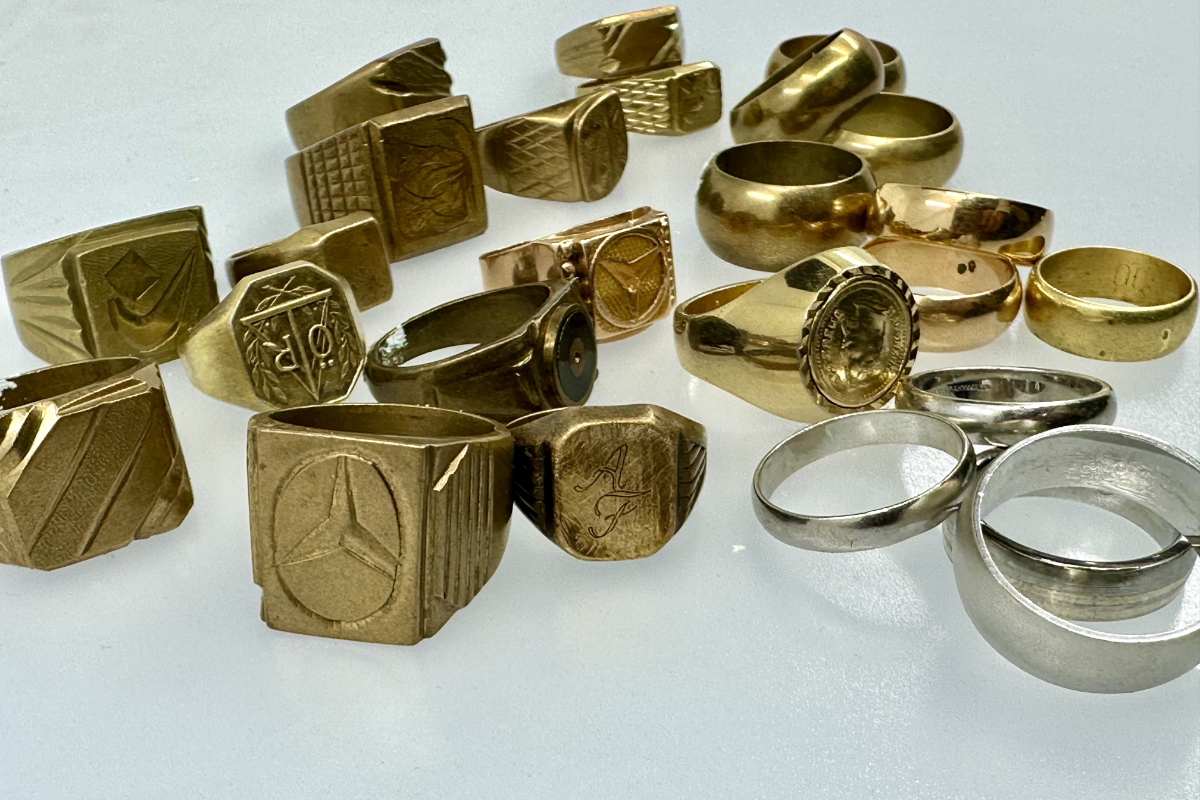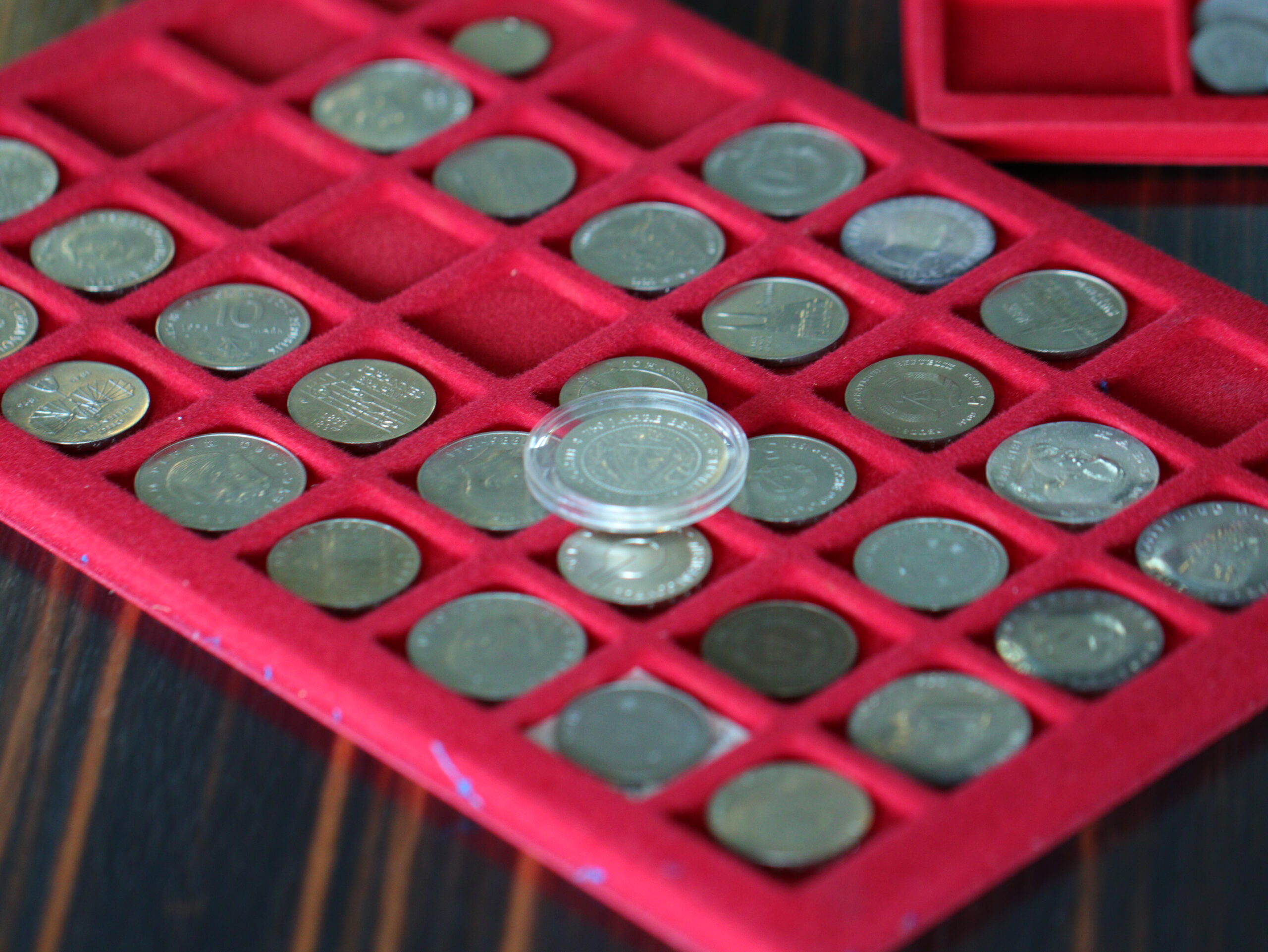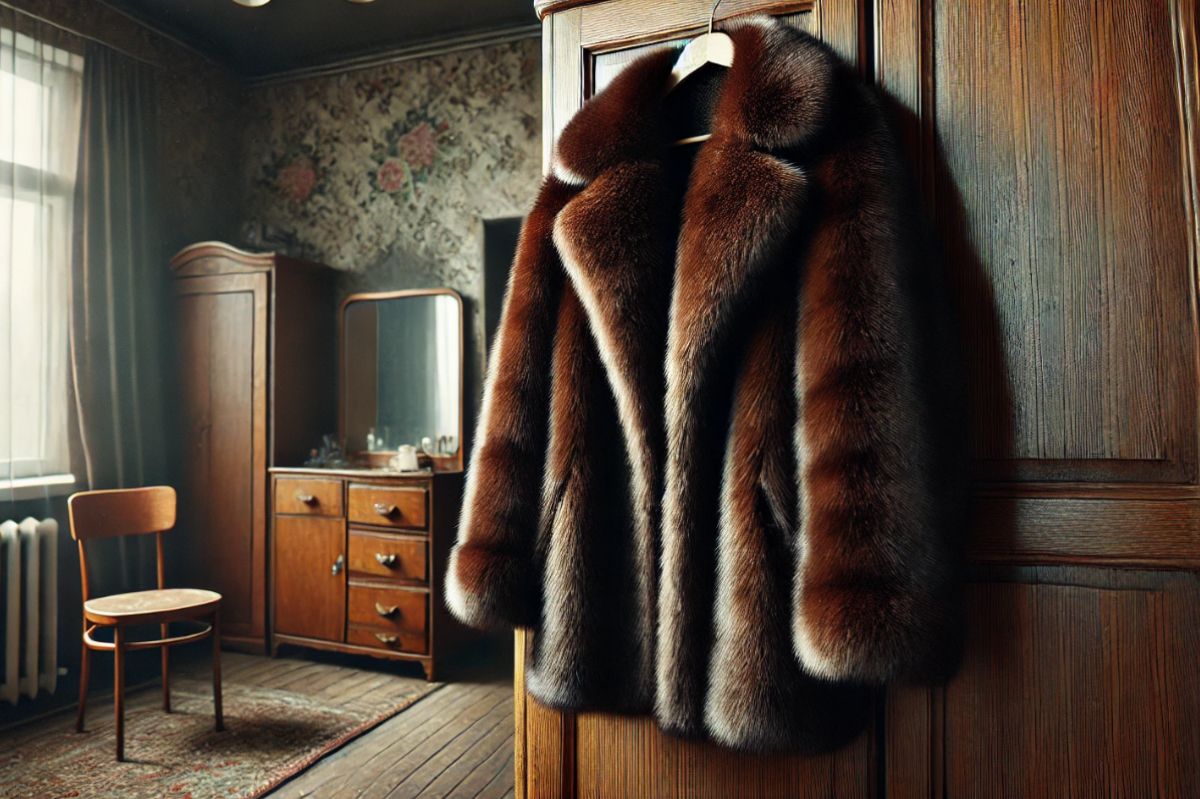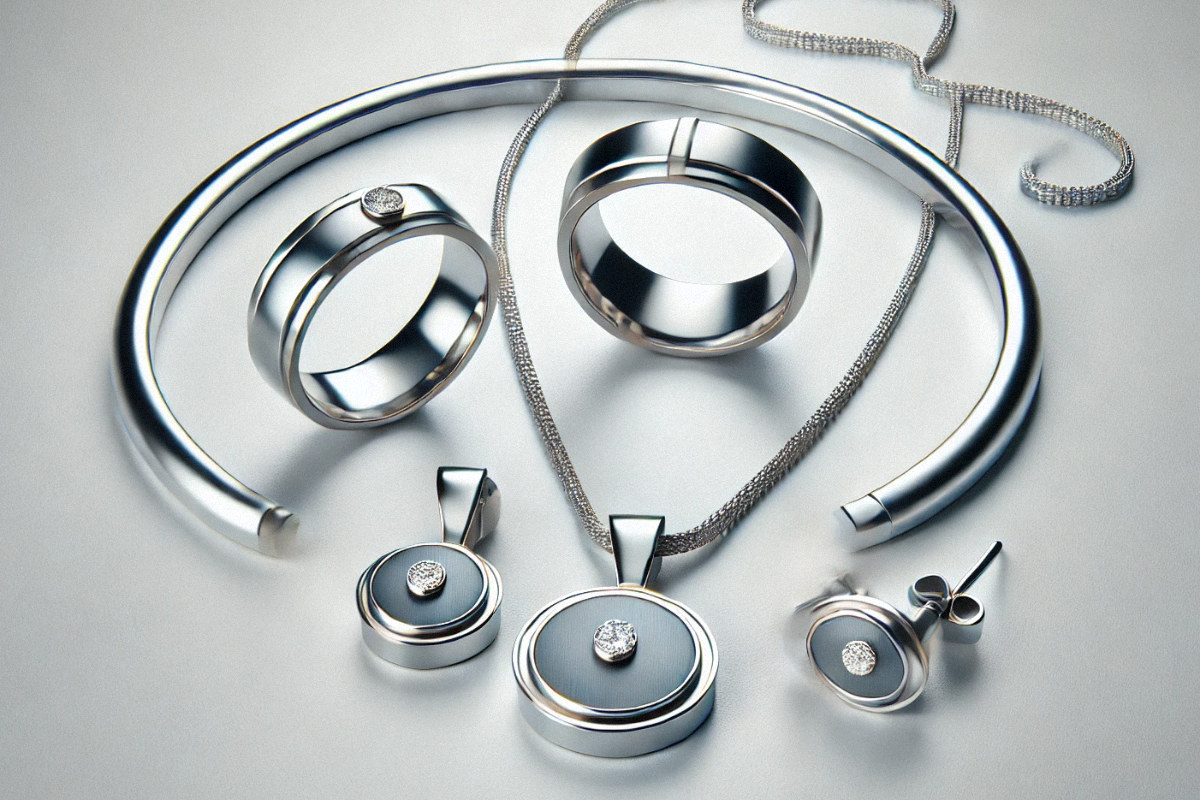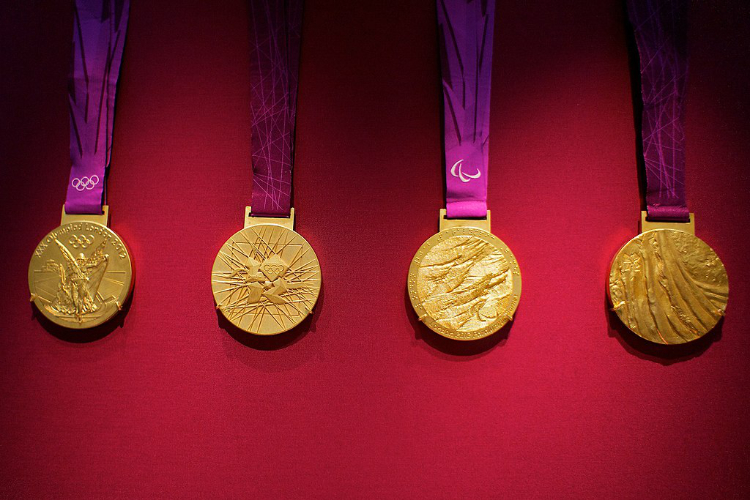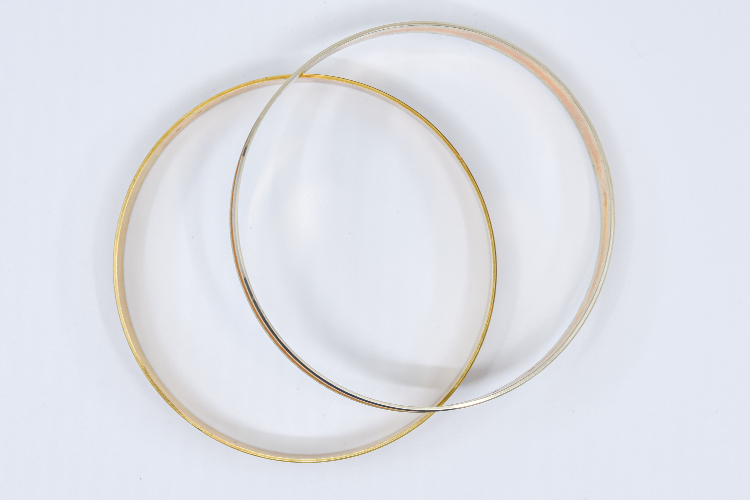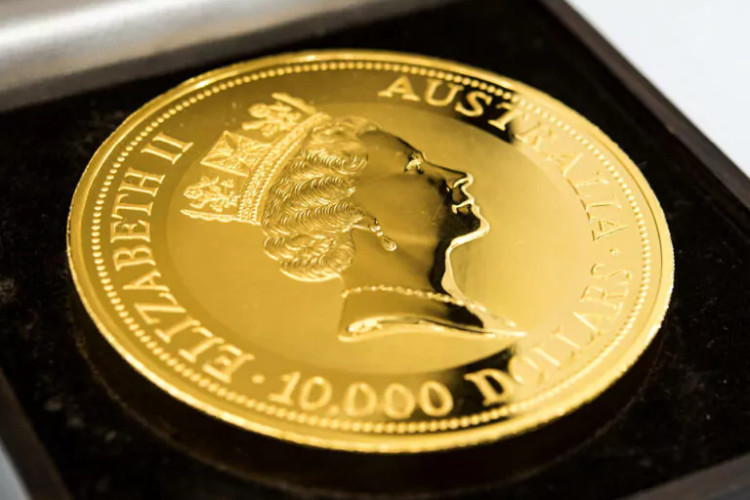
The minting quality and condition of a coin plays a major role, especially for collector coins. The better the quality and condition of a coin, the more valuable it is for collectors and investors.
Difference between minting quality and minting grade
Strictly speaking, a distinction must be made between the minting quality and the degree of preservation of a coin, even if these are often mentioned at the same time and are often used inconsistently. The minting quality refers to the production process, while the degree of preservation is determined by the signs of wear on a coin.
What minting qualities of coins are there?
Polished plate (PP) / Proof
The minting quality "proof" refers to the highest minting quality. Coins in the PP quality are minted from polished blanks with polished dies several times at a higher pressure. This makes the base of the coin appear particularly shiny and smooth. The motif, on the other hand, appears matt.
The minting of PP coins is usually still done by hand and is therefore quite complex. Coins made using the proof process therefore generally have lower mintages and are produced especially for collectors.
Mirror finish (SP) / Proof like (PL)
The minting quality "mirror finish", or "proof like", is similar to the PP production process, but somewhat less complex. Although the dies are polished, the blanks are not. Mirror finish coins are also minted automatically. The base of the coin and the raised areas of the design have a mirror-like shine, but the surface is not quite as smooth as with the "proof" process.
Hand raised (hdg)
The Austrian Mint also uses the term "hand-struck" as the minting quality of its coins, a designation that is actually only common in Austria (and Slovakia) and is comparable to the minting quality "mirror finish". The coin is individually wrapped immediately after minting, which is why the term "hand-hoisted" is sometimes also used to describe the minting quality.
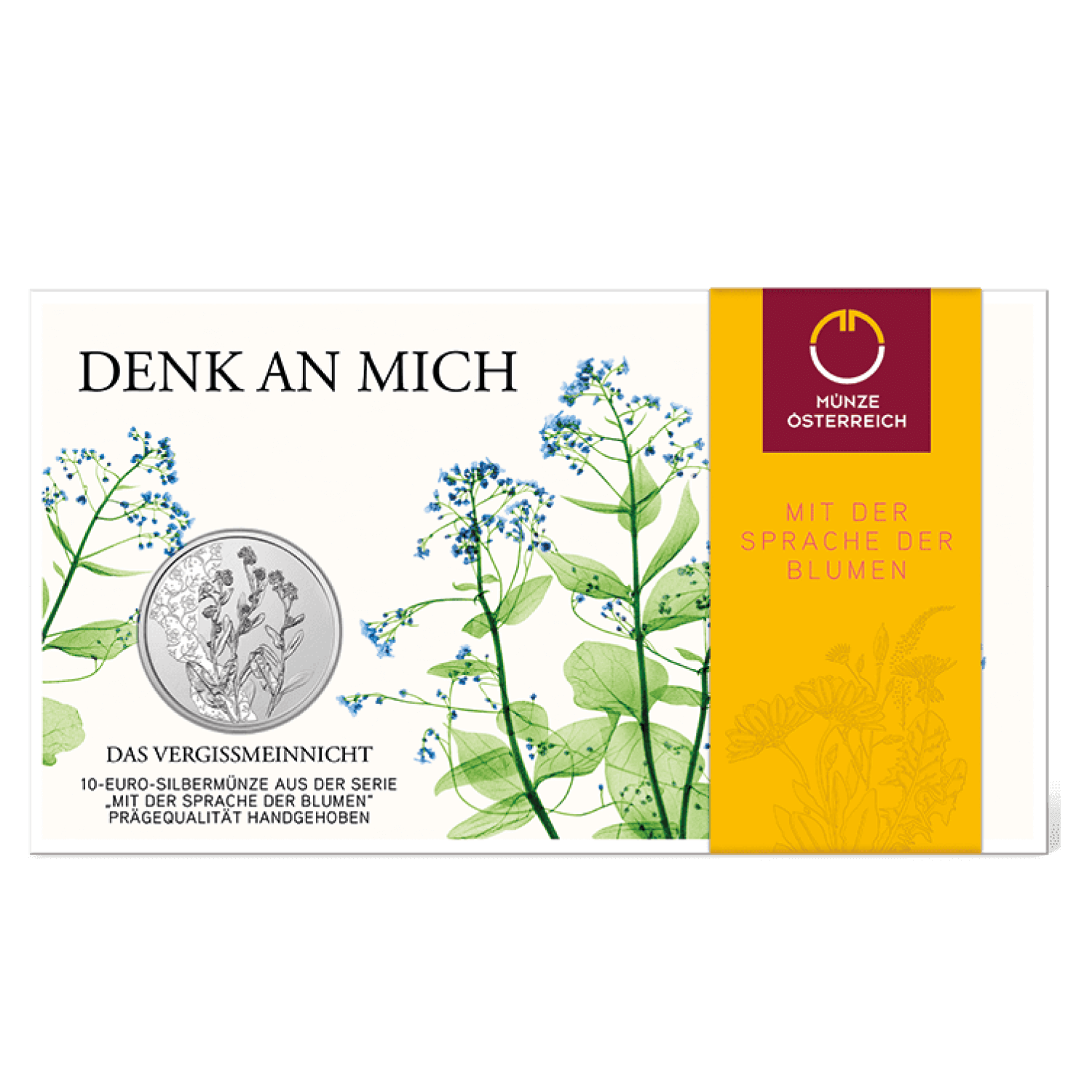
"Normal embossing"
The production method of circulation coins, such as euro and cent coins, is referred to as standard minting. However, various bullion coins are also issued as standard coins, for example by the Austrian Mint.
What grades of coin are there?
In addition to the production quality of coins, the degree of preservation is also relevant for determining the value of collector coins. This describes whether a coin has scratches, damage or other signs of use, or what condition a coin is in.
The classification of coins according to their degree of preservation follows a defined scale, whereby the classification is partly subjective and can differ from dealer to dealer and collector to collector.
| German | Abbreviation | International | Abbreviation |
| Hand lifted | hdg | - | - |
| Brilliant Uncirculated | st, stgl. | Brilliant uncirculated | BU |
| Uncirculated | unz | Uncirculated | Unc |
| Freshly minted | pfr | Mint state | MS |
| Almost uncirculated | -unz | Almost uncirculated | AU |
| Fresh from the bank | bfr. | ||
| Excellent | vz, vzgl | Extremely fine | XF, EF |
| Excellent from polished plate | vz made of PP, PP touched | Impaired proof | IP |
| Very nice | ss | Very fine (VF) | VF |
| Beautiful | s | Fine | F |
| Very good, very well preserved | sg, sge | Very good (VG) | VG |
| Good, well preserved | g, ge | Good | G |
| Moderately preserved | - | Fair | FR |
| Received low | ge | Poor, Basal state | PO, BS |
Internationally - especially in the USA - so-called third party grading companies have therefore established themselves, which offer a neutral assessment of the degree of preservation of coins as a service ("grading") and also maintain and guarantee this degree of preservation through slabbing.
More: Why slabbing collector coins is definitely problematic.
Numismatic coins, collector coins and bullion coins
The minting quality and the degree of preservation are primarily relevant for collector coins, which includes numismatic coins as well as modern commemorative and special coins.
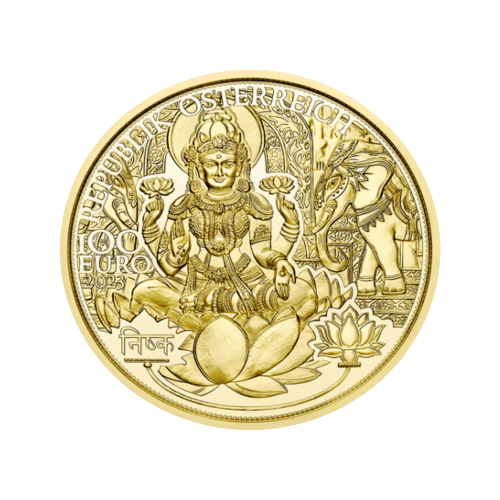
Collector coins are collected due to their rarity and numismatic value for aesthetic, emotional or other reasons. Therefore, it is not the material value that is decisive, but primarily the rarity and also the degree of preservation. Classic collector coins are issued by the mints in limited editions and often in different minting qualities. The lower the mintage, the rarer a coin of the best quality is.
In the case of bullion coins, i.e. pure investment coins, such as the domestic Golden Vienna Philharmonic, the Canadian Maple Leaf or the well-known Krugerrand gold coins, it is the material value that counts above all. The degree of preservation plays no or only a subordinate role in the sale of these coins.
One special feature are bullion coins that appear with changing motifs. The Chinese panda gold coin, for example, has been issued with an annually changing motif since 1982.

The coin, which is actually classified as an investment coin, is therefore also in demand among coin collectors, meaning that the minting quality and condition of the coin definitely influence its value. Depending on the year, certain panda coins are also available both as "proof" and "brilliant uncirculated" coins.
Accordingly, China panda gold coins are also traded well above their pure material value.

